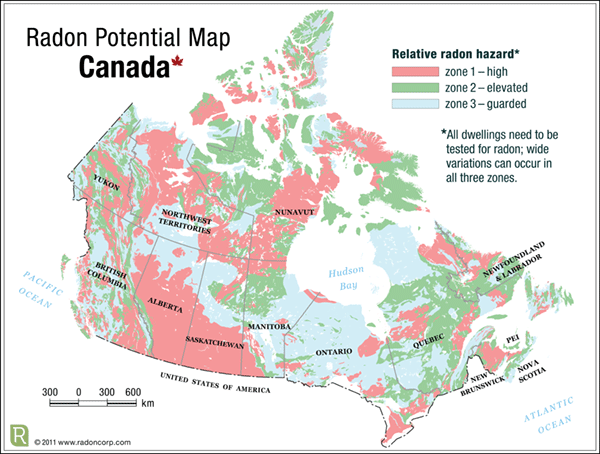Posted on
November 9, 2023
by
Edmonton Homes
What is a 15 Minute City and does Edmonton have them?
The concept of 15-minute cities is an urban planning and design idea that aims to create more sustainable, livable, and interconnected communities. The idea is to organize cities in such a way that residents can meet most of their daily needs within a 15-minute walk or bike ride from their homes. This concept was popularized by Professor Carlos Moreno, a French-Colombian researcher.
In a 15-minute city, residents are in close proximatity of essential services such as grocery stores, schools, workplaces, healthcare facilities, and recreational areas are located within a short distance from residential areas. The Streets are designed to be pedestrian and cyclist-friendly, with well-maintained sidewalks, bike lanes, and green spaces for a high walkability.
It is a mixed land use developement which is diversified within neighborhoods, promoting a mix of residential, commercial, and recreational spaces. This reduces the need for extensive commuting and an emphasis on supporting local businesses, encouraging a more self-sufficient local economy.
The goal of 15-minute cities is to reduce reliance on cars, decrease commute times, promote a sense of community, and enhance the overall quality of life for residents. The concept is being explored and implemented in various cities around the world as a response to urbanization challenges and the desire for more sustainable urban living.

Does Edmonton offer 15 minute cities
Edmonton offers several communities which are close to 15-minute cities. However, Edmonton has plans in place to create more in the Orchards, Meadows and Heritage Valley. These neighborhoods offer several potential benefits that contribute to a more sustainable, enjoyable, and community-oriented lifestyle especially for those who work remotetly.
Overall, the 15-minute city concept aims to create urban environments that prioritize the well-being of residents, promote sustainable living practices, and build strong, interconnected communities. It aligns with the growing awareness of the importance of sustainable development and the desire for a more balanced and fulfilling urban lifestyle.

 Radon Gas Map, Canada. Source: Radon Environmental Management Corporation. 2011
Radon Gas Map, Canada. Source: Radon Environmental Management Corporation. 2011